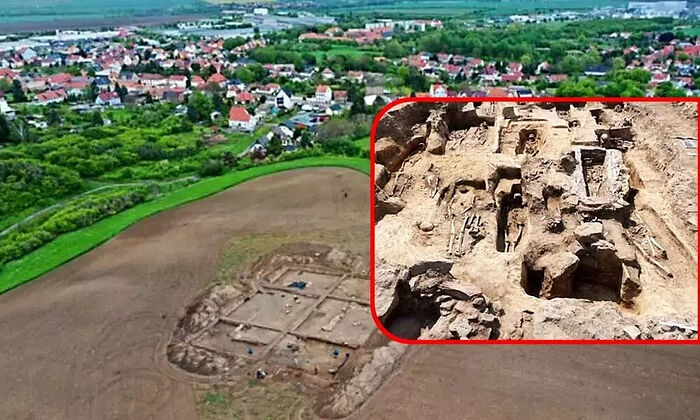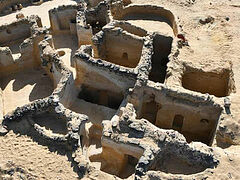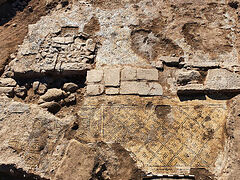Eisleben, Germany, July 7, 2021
 Photo: assets.thehansindia.com
Photo: assets.thehansindia.com
The foundation walls of a 1,000-year-old church built by Holy Roman Emperor Otto the Great were recently discovered under a cornfield in Germany.
The archaeological site can be found at the rediscovered Royal Palace of Helfta near Eiselben in the German state of Saxony-Anhalt, reports zenger.news.
The church was discovered in early May, and its foundation walls have now been fully uncovered. It was built by Otto I, known as Otto the Great, who was king of Germany and subsequently of the Holy Roman Empire until his death in 973, thus, the church dates to before the Great Schism between the Orthodox East and the Catholic West.
There is evidence that Otto and his son Otto II personally visited the church, even attending its consecration. It is believed it was dedicated to St. Radegund (+6th C.), the Frankish queen who founded the Abbey of the Holy Cross at Poitiers.
The church existed for around 500 years, but was tragically demolished during the Protestant Reformation.
“With a length of 98 feet and a width of around 66 feet, Otto had effectively built a church that resembles a miniature cathedral,” said project manager Felix Biermann. “This is a magnificent, exceptionally large church, which proves the importance of this location in the Ottoman [sic] era,” the research team added.
A cemetery with 70 graves and stone tombs from the 10th to 15th centuries was also found. Several other items, including belt buckles, coins, knives, and various utensils were also unearthed.
The current excavations will continue until September.
Follow us on Facebook, Twitter, Vkontakte, Telegram, WhatsApp, MeWe, and Gab!




